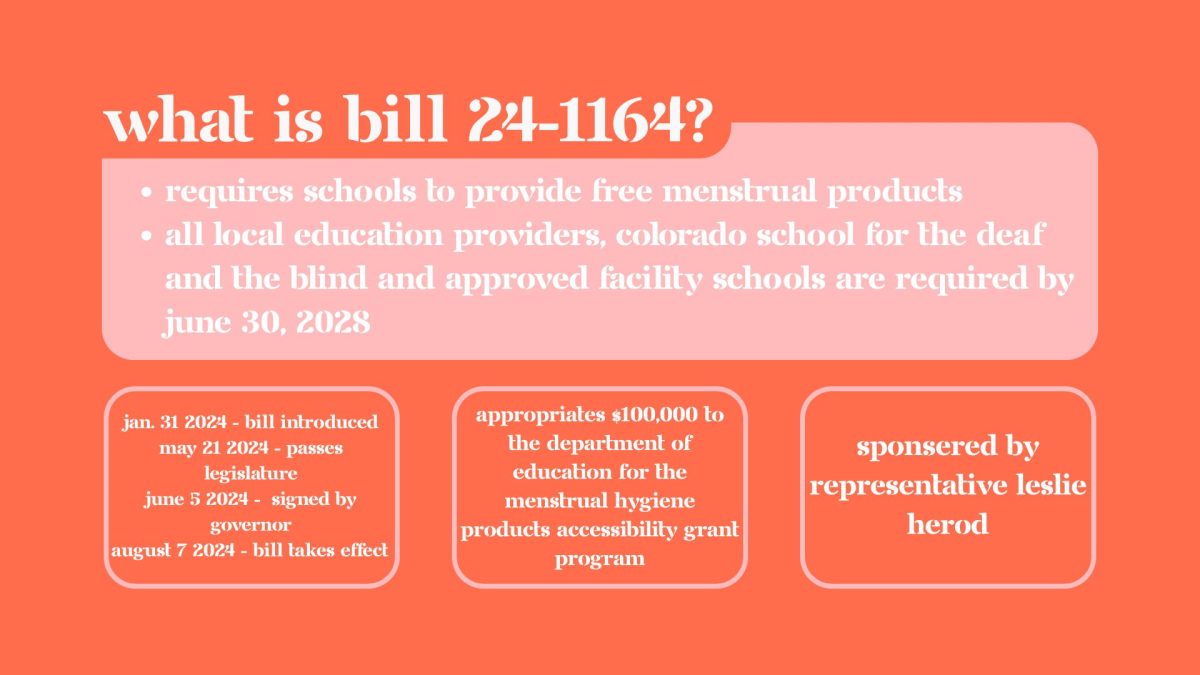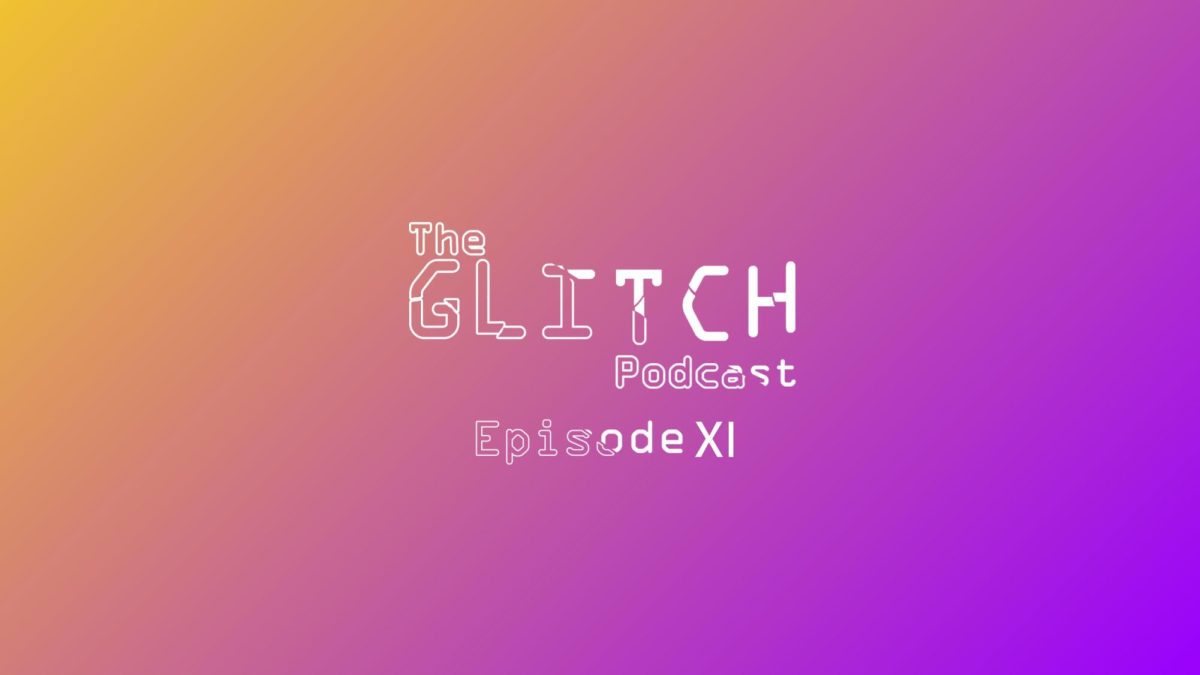Suicide Awareness: Data and Destigmatizing Colorado Biggest Teen Issue
Over the past three years, Colorado teen suicide rates have risen 58%, making Colorado the sixth-worst state for teen suicides according to a study by the United Health Foundation.
media by Kira Zizzo
Main image for Suicide Awareness: Data and Destigmatizing Colorado’s Biggest Teen Issue article.
September 28, 2021
September was Suicide Awareness Month, and National suicide Awareness Day was Sept. 10.
Through Sept., organizations like Suicide Prevention Lifeline (SPL), American Foundation for Suicide Prevention (AFSP), National Institute of Mental Health (NIMH), and National Alliance on Mental Illness (NAMI), make their main goal to prevent suicides each year by informing people of the risk, information, and resources anyone can use if they need any help.
“I think that as a culture, we like to sweep the uncomfortable under the rug, society to look pretty on the outside,” Madeleine Godchaux, school psychologist, said.
Since 2019, suicide has been the tenth leading death in the United States, claiming over 47,500 lives according to the NIMH. Suicide has also been one of the leading deaths in ages 10-34 and the fourth leading deaths in ages 35-44.
“The total age-adjusted suicide rate in the United States increased 10.5 per 100,000 in 1999 to 14.2 per 100,000 in 2018, then declining to 13.9 per 100,000 in 2019. In 2019, the suicide rate among males was 3.7 times higher (22.4 per 100,000) than among females (6.0 per 100,000),” NIMH said.
In other words, male suicide rates are rising.
“I think one of the problems in society is men don’t get to really talk about their mental health, and men must have this persona, such as they must be a manly man, and I think that we need to understand is that men do have emotions and that we need to be able to express them without feeling judged,” Andrew Sutula ‘22 said.
“Teen suicide rates have increased 58 percent from 2016 to 2019 [in Colorado], but the reason is unclear,” Dr. Linda Genen, group medical officer for women’s health, said.
A report done by the United Health University found that in the past three years, Colorado’s teen suicide rate has risen from 12.9 to 20.4 per 100,000 teenagers between the ages of 15-19 about 58%. Looking at Nationwide statistics on teen suicide, the rate is 25 percent, while in 2019 Colorado is nearly double that rate, 20.4 to 10.4. This is putting Colorado in the sixth-worst state in teen suicides.
What is causing this to happen in Colorado, and why has it been increasing so much over these past three years?
Colorado, along with 24 other states in the U.S., have fully legalized marijuana, allowing teenagers to have easier access to this drug even though people under the age of 21 are not able to purchase it legally. Marijuana usage may create a sort of tie to teen suicides.
“56% of men and 55% of women who were daily or near-daily users thought about suicide, compared with 43.5% of men and 47% of women who were occasional users and 38% of men and 34% of women who were non-users,” HealthDay News said.
Drug and alcohol abuse in teenagers past eighth grade has increased 61% between 2016 and 2020.
“I think that now substance abuse or lack of problems and access to lethal means has become a big deal, and it has caused these high suicide numbers to increase in teenagers,” Godchaux said.
Since the emergence of the Covid-19 pandemic, high school students have experienced online school, isolation from friends and family, and the unknown of life after the pandemic.
“I think one of the biggest problems is the connection between people these past years where we have been in isolation and it’s been a stressful year. Our allostatic load is at maximum and we’re on fight or flight constantly now, and one of the best things to do is trying to connect with people, and it can be a huge part of preventing suicide if we can just talk more openly about suicide and make it a less taboo subject,” Godchaux said.
Mental health and suicide have been a “taboo” subject for a long time because some people have shyed away from the conversation because they may believe it may make others uncomfortable.
“I think a lot of people consider it a taboo subject but in reality it shouldn’t be because I feel like it makes people’s mental health a lot better in general. If they actually talk about it and they’re able to like to get their problems off their chest to somebody, you should talk about it to get it off their chest,” Nikki Yoshida ‘24 said.
An issue that some students also faced along with staff during last year, was a struggle with the ever-changing school schedule and mask mandates that they believe have created an unbalanced environment for students and staff.
“Last year was crazy, especially since it was my first year of high school, and it was really hard adjusting to the new school year after being gone from normal schooling for a while, and it made me anxious for a long time,” Grayson Gaines ’24 said.
At school, staff members have also experienced pandemic-related frustrations, including not being able to fully connect with their students with online learning, posing new challenges for teachers.
“Last year took a huge toll on everybody last year, and last year just sucked the life out of everybody, including teachers, and you know I think it’s important to also note that it’s not just students who have been affected mentally with everything going on, but teachers have had a really hard time as well,” Kathryn Lemeshewsky Social Studies teacher said.
There are resources available for students and staff to use whenever they need mental health support. Calming apps, such as Headspace:Meditation and Calm can help with breathing and mindful exercises. The school also has a counseling staff and peer-student counseling program that anyone can use whenever needed.



![Minutes before the Activities Fair in the gym, president Abhi Gowda ‘26 prepares the stall for his club Helping Hands, Sept. 4. A relatively new club, Helping Hands was co-started by Gowda and focuses on assisting the homeless, and just last year they succeeded in raising a couple hundred donations to send to shelters. This year, they have goals to expand, with hopes to increase volunteer opportunities and take in-person trips to shelters, as well as extend their help beyond just homeless people. “The Activities Fair gives a lot of underclassmen the opportunity to really get to know the Canyon culture, and it gives them many opportunities for service and volunteering,” Gowda said. “[Through the Activities Fair,] I hope to find a bunch of new and passionate members about our club and just get our name out there and spread awareness to the cause that we’re fighting for.”](https://rockmediaonline.org/wp-content/uploads/2025/09/1-2-1200x885.jpg)







![The winter guard team makes fifth place at the state championship finals in the Denver Coliseum, March 30. The team performed to Barnes Country's “Glitter and Gold,” lead by coaches Margo Sanford, Blair Bickerton and Anna Orgren. In their class there were a total of nine groups participating, and the top five who made it to finals received a plaque. “[Walking onto the stage] is very nerve-wracking, but also very exciting as well. When you first start color guard there's a lot of anxiety and uncertainty when you first perform in front of an audience, but once you've done it for a while, it starts to become the best part of the season,” Ella West ‘25 said. “It's very fulfilling to see an audience react to something you've put your heart and soul into.”](https://rockmediaonline.org/wp-content/uploads/2025/04/Both-socal-media-nd-website-main-1-1200x846.jpg)


![April marks the 25th anniversary of Sexual Assault Awareness Month, created by the National Sexual Violence Resource Center (NSVRC). This month is to spread awareness of the harassment, assault and abuse that happens around the world. The symbol that represented the month was a teal ribbon; however, some survivors of assault create different symbols and movements like the TikTok trend in 2022, where survivors would tattoo Medusa on their body, in honor of her backstory in Greek Mythology. “I don't think [this month is known] at all. I rarely see anybody talk about it. I rarely see much of an emphasis on posting it online, or much discussion about it, and I feel like there needs to be way more discussion,” an anonymous source said. “I think just validating every experience that a person has gone through, regardless of the degree of it, the severity, is an essential step into making sure that people are aware that this is a very real problem in a society and that we need to do better in addressing it.”](https://rockmediaonline.org/wp-content/uploads/2025/04/IMG_0011-1200x900.jpg)













![Lesbian Visibility Day is April 26, and it’s a holiday to celebrate the lesbian community of the world. Lesbian Visibility day was established in 2008 by many queer activists and organizations who sought to raise more awareness for lesbian history and culture. “So this is why during Lesbian Visibility [Day] we celebrate and center all lesbians, both cis and trans, while also showing solidarity with all LGBTQ+ women and nonbinary people,” Linda Reily, in an article written by her, said.](https://rockmediaonline.org/wp-content/uploads/2025/04/Lesbian-Visibility-day.jpeg)





